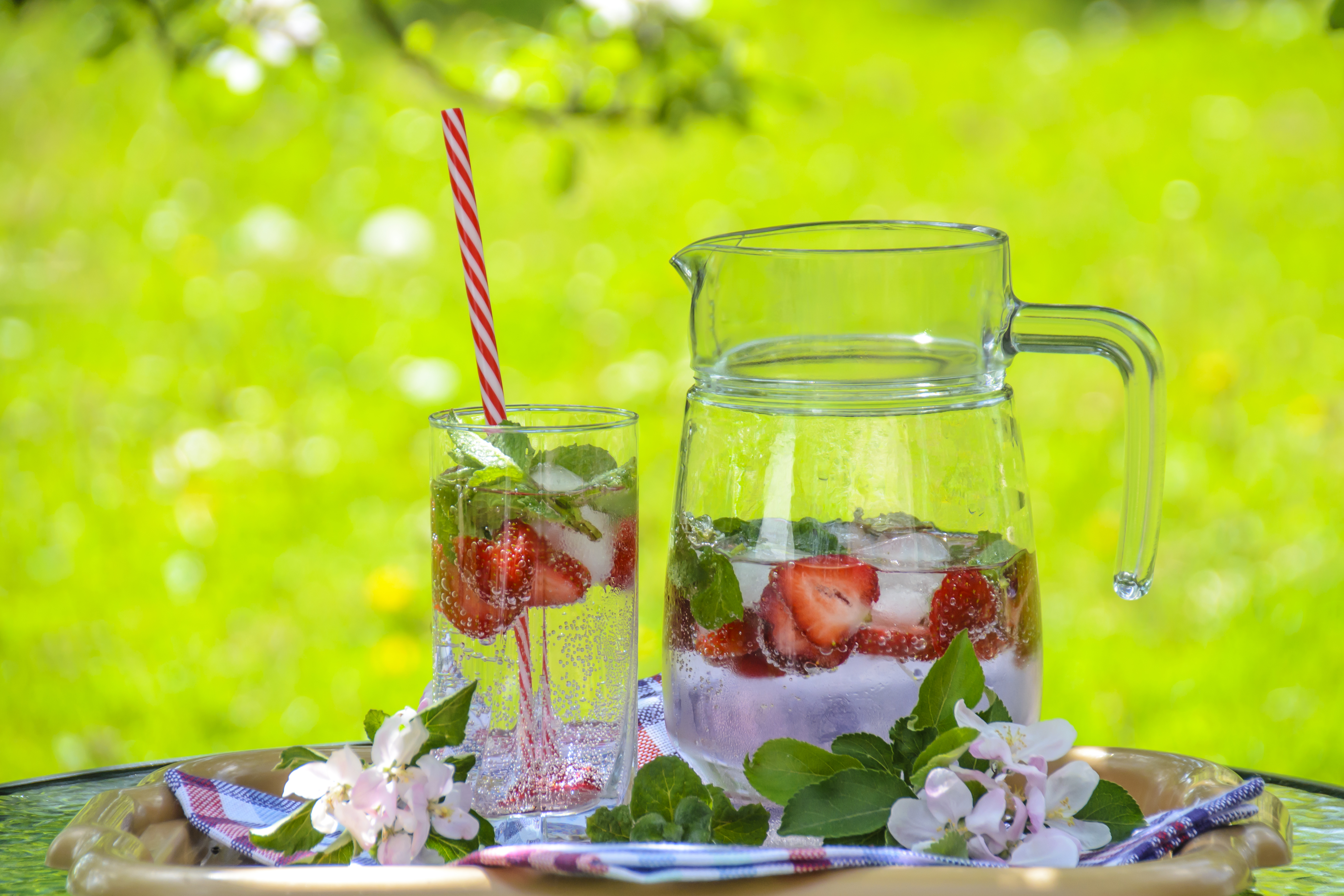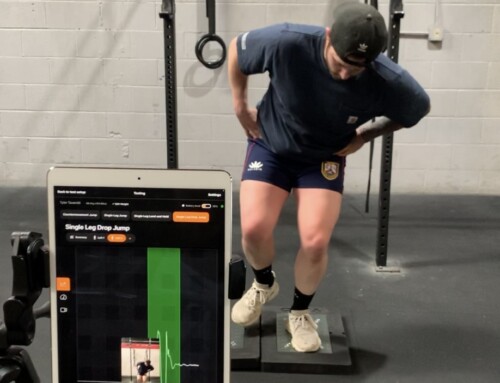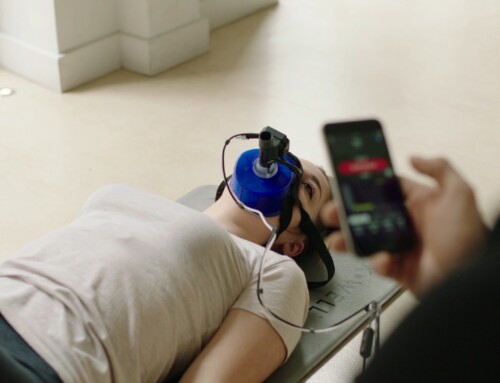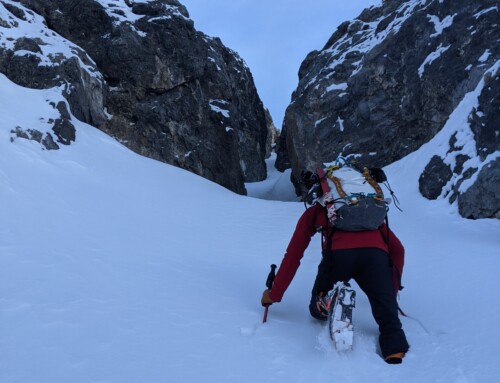Written by: Em Wooden
The skies are blue, the tantalizing scent of barbecue is hanging in the air, and the sun is reflecting off of the Willamette. It’s official: summer has reached Portland!
With temperatures ranging from the high 70s to low 90s predicted for the next several weeks, it is important to think about how much water you are taking in. The temperature has a big impact on how much you are sweating, and engaging in any kind of physical activity in the summertime requires even more hydration than normal. It is possible to sweat three liters in sixty minutes (although most people will sweat between one and two liters during an hour of exercise), and that fluid needs to be replenished.
You should not wait to hydrate until you are thirsty, but rather begin drinking water or an electrolyte beverage before you start any physical activity, and continue to drink periodically as you exercise. It is significantly easier to exercise when hydrated, or to do anything else for that matter. Dehydration takes a toll on the heart, kidneys, and even the brain. Driving becomes increasingly difficult as you sweat, because you need water and electrolytes in your body in order to concentrate and feel alert. Mental performance begins to suffer when you lose 2% of your body weight in water, as this causes blood volume to decrease which means that the brain is not getting enough oxygen and nutrients. By the time you have lost 5% of your weight, you are performing at about 70% of your normal capacity. At that point you are less able to sweat, which means that your body is unable to dissipate its heat. Your temperature spikes and your risk of heat-related illness increases significantly.
The Occupational Safety and Health Administration website provides instructions for assisting someone who is suffering from a heat-related illness. Three illnesses to 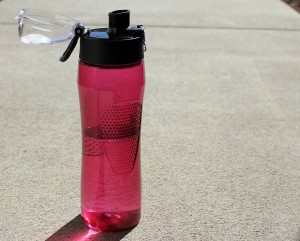 watch for are heat stroke, heat exhaustion, and heat cramps. Symptoms of heat stroke include seizures, confusion, excessive sweat production, and fainting; this can be very serious and requires immediate medical attention. Heat exhaustion brings on nausea, headache, dizziness, irritability, and thirst. While heat exhaustion can often be remedied with hydration, ice packs, and a period of rest in a cool place, it is possible for the condition to become serious. Heat cramps generally show up in the legs, arms, and abdomen. They are painful, and muscle spasms can occur. The best way to avoid heat-related illness when the temperature rises is to stay hydrated and retreat to a cool area if you begin to feel unwell.
watch for are heat stroke, heat exhaustion, and heat cramps. Symptoms of heat stroke include seizures, confusion, excessive sweat production, and fainting; this can be very serious and requires immediate medical attention. Heat exhaustion brings on nausea, headache, dizziness, irritability, and thirst. While heat exhaustion can often be remedied with hydration, ice packs, and a period of rest in a cool place, it is possible for the condition to become serious. Heat cramps generally show up in the legs, arms, and abdomen. They are painful, and muscle spasms can occur. The best way to avoid heat-related illness when the temperature rises is to stay hydrated and retreat to a cool area if you begin to feel unwell.
There are many different ways to hydrate. Some people may have no problem drinking several glasses of plain water every day, but most people get 30% of their daily fluid from other beverages, and 20% from solid foods. Herbal tea, whole milk, and sports drinks are comprised mostly of water, as are fruits and vegetables. Even eggs and meat contain a significant amount of water. According to the European Hydration Institute, soft drinks, juice, and coffee all contribute to hydration, but this is where you need to be careful. While those beverages are primarily comprised of water, they also contain other things that you should keep track of. If you were to drink several glasses of fruit juice each day, for instance, you would be taking in an astounding amount of sugar. Likewise, coffee and many teas contain caffeine (even decaffeinated coffee and tea have a bit of caffeine in them). Be mindful of your body’s unique dietary requirements when choosing beverages to supplement water.
Contrary to the commonly quoted “eight glasses each day” adage, a person’s necessary fluid intake varies based on age, climate, and activity level. The hotter it is outside and the more active a person is, the more they need to drink. The exact recommendation for each age group depends on who you ask, so you should keep an eye out for indications that you might be getting dehydrated. If your urine is dark, or you estimate that you are urinating less than 1.5 liters each day, you should drink more. Chapped lips indicate dehydration as well. According to the Institute of Medicine, young children need to drink approximately two quarts of water each day, while teenage girls and boys need 2.4 and 3.5 quarts respectively. The Mayo Clinic suggests that men should be drinking 3.1 quarts, while women should aim for 2.3 quarts.
Whether your plans involve hiking in the Gorge or rafting in the North Umpqua River, proper hydration will help to ensure that you have a safe and fun summer. So grab your Evolution Hydroflask and enjoy ice cold water all day long while you adventure…then come back and tell us all about it!
Sources:
Beans, Carolyn. (2016, June 27). Water Break: Is Your Child Drinking Enough Fluids This Summer? Retrieved from: http://www.npr.org/sections/health-shots/2016/06/27/483397971/water-break-is-your-child-drinking-enough-fluids-this-summer
Braun, H., Gellert, R., Holdsworth, J., Kapsokefalou, M., Maffeis, C., Maughan, R.J., & Serra-Majem, L. (2012, Aug 21). 4 Key Moments in Hydration. Retrieved from: http://www.europeanhydrationinstitute.org/4_key_moments_in_hydration.html
Braun, H., Gellert, R., Holdsworth, J., Kapsokefalou, M., Maffeis, C., Maughan, R.J., & Serra-Majem, L. (2016, June 6). Hydration and sport. Retrieved from: http://www.europeanhydrationinstitute.org/hydration/sport/
Braun, H., Gellert, R., Holdsworth, J., Kapsokefalou, M., Maffeis, C., Maughan, R.J., & Serra-Majem, L. (2016, June 6). Hydration and variety. Retrieved from: http://www.europeanhydrationinstitute.org/hydration/hydrationvariety/
Burke, L., Bell, L., Cort, M., Cox, G. Farthing, L., Greenaway, B., Minehan, M., Petrunoff, N., & Wood, C. (n.d.). Current Concepts in Sports Nutrition. Retrieved from: http://www.ausport.gov.au/__data/assets/pdf_file/0007/143386/CurrentConcepts.pdf
Jeukendrup, A. & Gleeson, M. (2010). Dehydration and its effects on performance Mayo Clinic Staff. (2014, Sept. 5). Water: How much should you drink every day? Retrieved from: http://www.mayoclinic.org/healthy-lifestyle/nutrition-and-healthy-eating/in-depth/water/art-20044256?pg=1 Occupational Safety & Health Administration. (n.d.) Preparing for and Responding to Heat-related Emergencies. Retrieved from: https://www.osha.gov/SLTC/heatillness/heat_index/heat_emergencies.html

